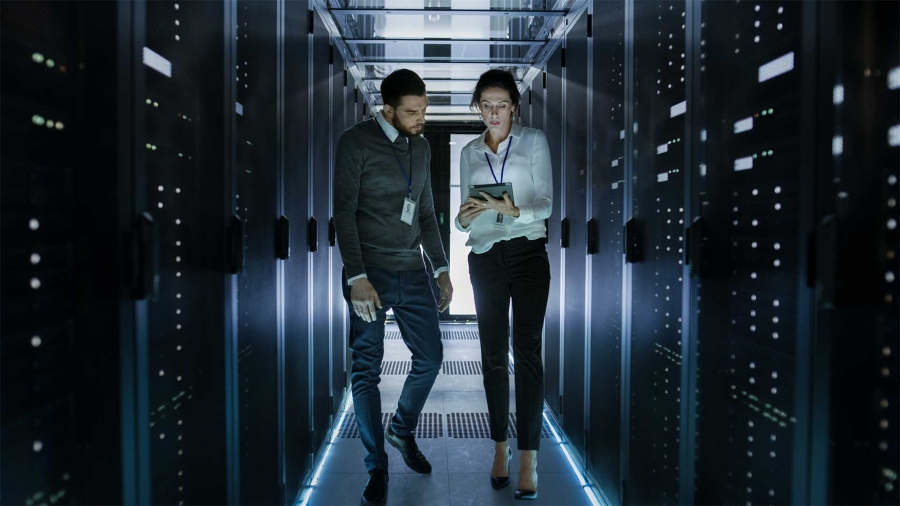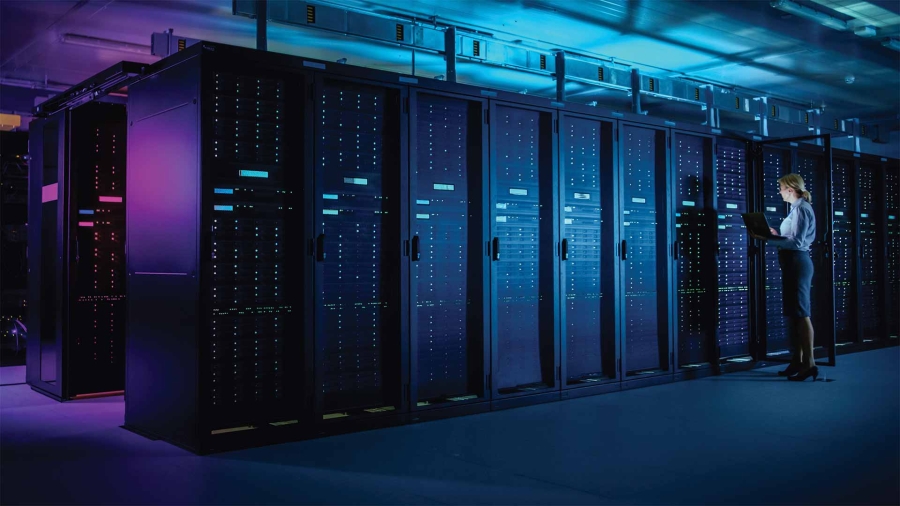In late 2019, the Business Roundtable made a statement on the purpose of a corporation, superseding previous statements, and the traditional notion, that corporations exist principally to serve their shareholders. 181 CEOs signed the statement, which seeks to expand upon the purpose of a corporation as an entity that has a fundamental commitment to all stakeholders—customers, employees, suppliers, communities—in addition to shareholders.
Meanwhile, corporations continue to make more audacious commitments to broader, multi-stakeholder initiatives than ever before, including renewable energy, carbon neutrality, sustainable communities, and social equity, among others. Pair that with recent headlines suggesting sustainable indices outperformed their mainstream peers during the COVID-19 crisis, and there’s mounting evidence to suggest for-profit corporations that, to the greatest extent possible, act in the best interest of all stakeholders, will deliver higher and more sustainable returns to the shareholders over time.
Amid a global pandemic, entering what is sure to be an extended period of economic recovery, purpose-driven corporations find themselves better positioned to access and use tools that bolster resilience and operational viability in the long run. As a result, there is a growing spotlight on the role of “purpose” in corporations. Let’s explore why.
How leading with purpose can drive corporate successWhen it comes down to it, corporations remain beholden to shareholder interests following a long-standing precedent of maximizing shareholder primacy. After all, why else would corporations exist if not to serve the interests of their shareholders who seek returns on the resources they deploy at their own risk?
But the deeper question at hand is whether corporations can maximize shareholder economic return while also advancing the environmental and social interests favored by other stakeholders. Central to this question is a discussion of tradeoffs, most notably, how best to balance the delivery of short-term financial results so often coveted by today’s investors with strategies that enable a business to deliver long-term, sustainable growth.
The evaluation of such tradeoffs is a key function of management, who as employees of the shareholders, are charged with operating the business in accordance with shareholder objectives. However, management also provides an intelligence function to the shareholders—a responsibility to interpret and navigate changing market dynamics driven by the interplay of other corporate stakeholders such as customers, suppliers, employees, communities, and the like.















